E. J. Tangerman - Whittling and Woodcarving
Here you can read online E. J. Tangerman - Whittling and Woodcarving full text of the book (entire story) in english for free. Download pdf and epub, get meaning, cover and reviews about this ebook. year: 2012, publisher: Dover Publications, genre: Romance novel. Description of the work, (preface) as well as reviews are available. Best literature library LitArk.com created for fans of good reading and offers a wide selection of genres:
Romance novel
Science fiction
Adventure
Detective
Science
History
Home and family
Prose
Art
Politics
Computer
Non-fiction
Religion
Business
Children
Humor
Choose a favorite category and find really read worthwhile books. Enjoy immersion in the world of imagination, feel the emotions of the characters or learn something new for yourself, make an fascinating discovery.
- Book:Whittling and Woodcarving
- Author:
- Publisher:Dover Publications
- Genre:
- Year:2012
- Rating:3 / 5
- Favourites:Add to favourites
- Your mark:
Whittling and Woodcarving: summary, description and annotation
We offer to read an annotation, description, summary or preface (depends on what the author of the book "Whittling and Woodcarving" wrote himself). If you haven't found the necessary information about the book — write in the comments, we will try to find it.
Throughout the ages one of the most popular ways to direct the creative urge has been whittling or woodcarving. In this volume Mr. Tangerman, one of Americas foremost authorities and craftsmen, whose articles in craft magazines have taught and inspired millions, presents a full and thorough introduction to this entertaining art form. With this book, which is one of the few works that bridge the gap between whittling and serious carving, a beginner who is moderately handy can whittle or carve scores of useful objects, toys for children, gifts, or simply pass hours at applying his ingenuity to wood.
Beginning with a history of whittling and woodcarving, the book progresses gradually and easily. The first chapters supply background information on different woods, their proper selection and possible uses, selection and care of knives, and ways of using tools, including grips, types of strokes and cuts, and simple exercises. The following chapters cover rustic work, flat toys and windmills, puzzles, chains, nested spheres, fans, joints, modeling ships in bottles, and caricatures. The second half of the book covers carving proper and describes simple lines, woodcuts, low-relief pierced designs, sculpture in the round, inlay and marquetry, lettering, indoor and outdoor decorations, and styles. The final chapter describes finishing, repairs, and the care of tools. The wide range of illustrations includes both hundreds of beautiful wood objects from the great art of the world and hundreds of modern projects, many of which are contest winners.
Mr. Tangerman guides actual working, but his tone of direct address, such as a teacher would use in speaking to a pupil or a class of intelligent pupils, makes it easy as well as instructive reading. New York Herald Tribune Books. A fascinating book, giving many suggestions of what to make and how to make it, ranging from simple things to intricate ones. Horn Book Magazine.
E. J. Tangerman: author's other books
Who wrote Whittling and Woodcarving? Find out the surname, the name of the author of the book and a list of all author's works by series.

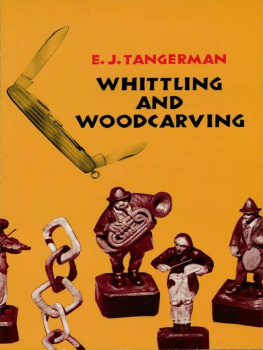

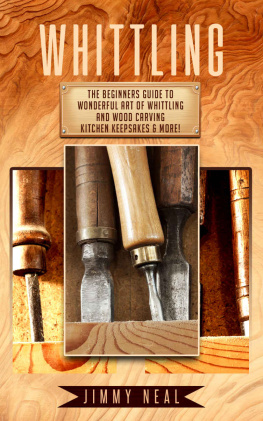
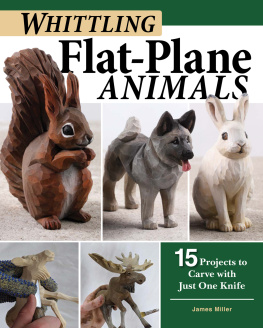

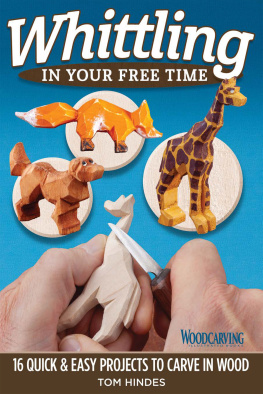
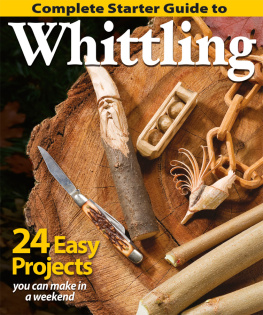
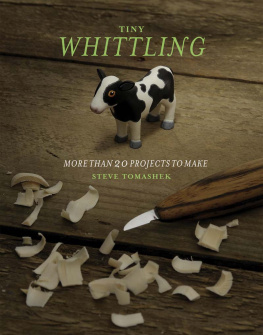
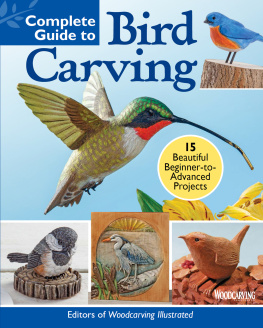
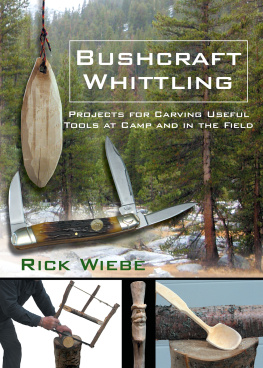
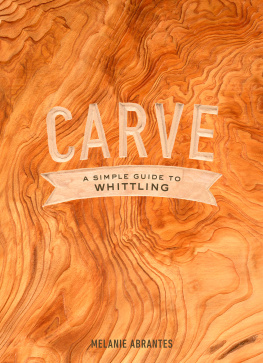

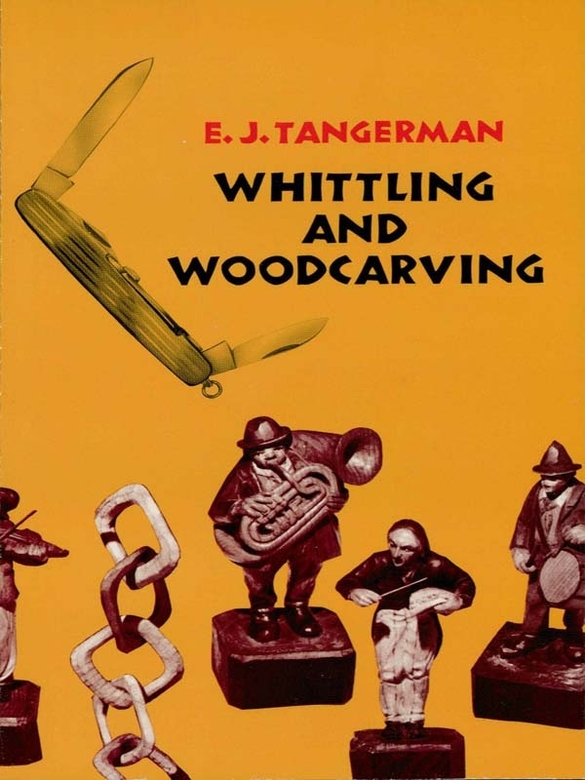

 Paper and tip tests for sharpness
Paper and tip tests for sharpness -in. one, may be ground this way intentionally for use in cleaning up a ground close to a cornerbut dont do it with the others.
-in. one, may be ground this way intentionally for use in cleaning up a ground close to a cornerbut dont do it with the others.

